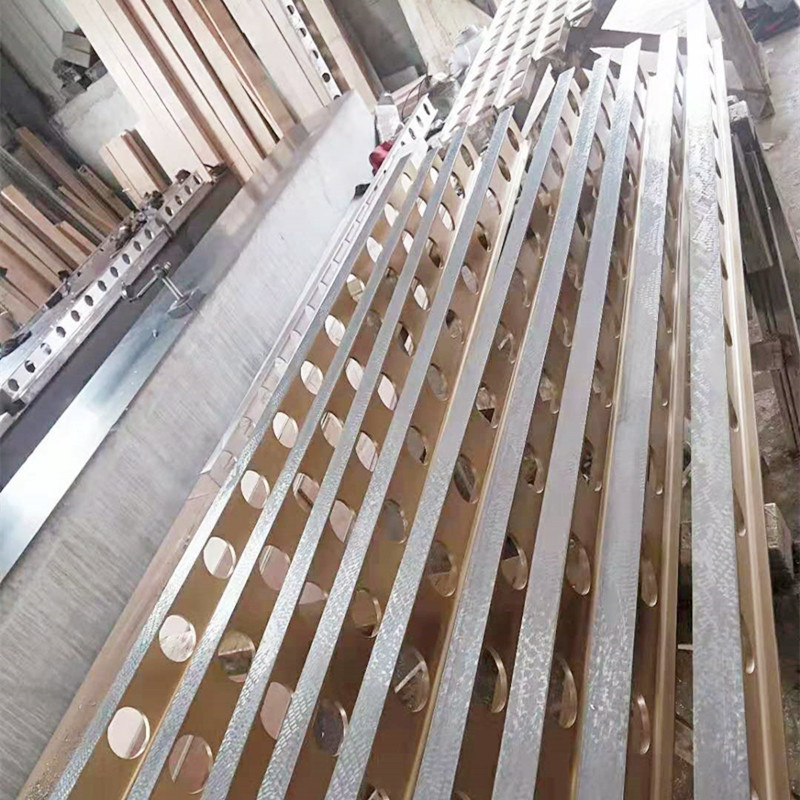Sep . 06, 2024 06:50 Back to list
The Precision of Micrometers - Understanding Measurement Accuracy
The Precision of Micrometers An Essential Tool in Engineering and Manufacturing
Micrometers, often referred to as micrometer screws, are precision measuring instruments used extensively in various fields such as engineering, manufacturing, and scientific research. These devices are crucial for ensuring accurate measurements of objects, often down to a fraction of a millimeter. The significance of micrometers lies in their ability to provide precise measurements, which are essential for maintaining quality control and ensuring that components meet specified tolerances.
Micrometers function based on the principle of a screw mechanism, wherein a rotational movement translates into linear movement. This design allows for highly accurate readings, typically ranging from 0.01 mm to 0.001 mm, depending on the type of micrometer. The most common type is the outside micrometer, which measures the external dimensions of an object. There are also inside micrometers for internal measurements and depth micrometers for measuring depth.
The precision of a micrometer can be attributed to several key factors, including the material from which it is made, the quality of its manufacturing, and the calibration techniques applied. High-quality micrometers are often constructed from hardened steel or other durable materials that resist wear and maintain their accuracy over time. Furthermore, precise manufacturing processes ensure that the screw threads and measuring faces are perfectly aligned, allowing for accurate measurements without parallax error.
the precision of micrometer

Calibration is another critical aspect of maintaining the precision of micrometers. Regular calibration against known standards is necessary to ensure that measurements remain accurate. Many professional environments have dedicated calibration equipment to verify the accuracy of their measuring instruments. This step is essential, as even minor deviations can lead to significant errors in manufacturing processes, ultimately affecting product quality and performance.
In addition to their mechanical design, modern technology has introduced digital micrometers that offer enhanced precision and ease of use. Digital displays provide easy-to-read measurements and often include additional features, such as data logging and conversion between measurement units. These advancements make digital micrometers particularly appealing in high-precision applications, where users require quick and accurate readings without the potential for human error associated with analog scales.
Despite their advantages, users must be adequately trained in the proper use of micrometers to ensure accurate measurements. Factors such as improper handling, environmental conditions, and user technique can all impact the precision of readings. For example, applying excessive force when closing the measuring faces can distort the object being measured, leading to inaccurate results.
In conclusion, the precision of micrometers is fundamental to various industries that rely on accurate measurements for product development and quality assurance. From their mechanical design to the necessity of regular calibration and user training, every aspect contributes to the effectiveness of these instruments. As technology continues to evolve, the role of micrometers will remain vital, ensuring that standards of precision are met in an increasingly complex manufacturing landscape. Their significance as an indispensable tool underscores the relationship between precision measurement and successful engineering and manufacturing practices.
-
Precision Manufacturing with Advanced Spline Gauge DesignNewsJul.31,2025
-
Industrial-Grade Calibrated Pin Gauges for Exact MeasurementsNewsJul.31,2025
-
Industrial Filtration Systems Depend on Quality Filter DN50 SolutionsNewsJul.31,2025
-
High-Performance Gate Valve WholesaleNewsJul.31,2025
-
Granite Surface Plate The Ultimate Solution for Precision MeasurementNewsJul.31,2025
-
Granite Industrial Tools The Ultimate Guide for Bulk BuyersNewsJul.31,2025
Related PRODUCTS









